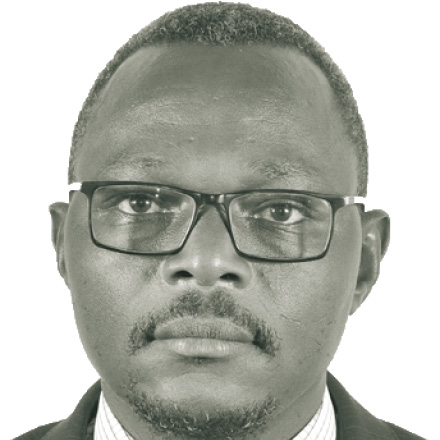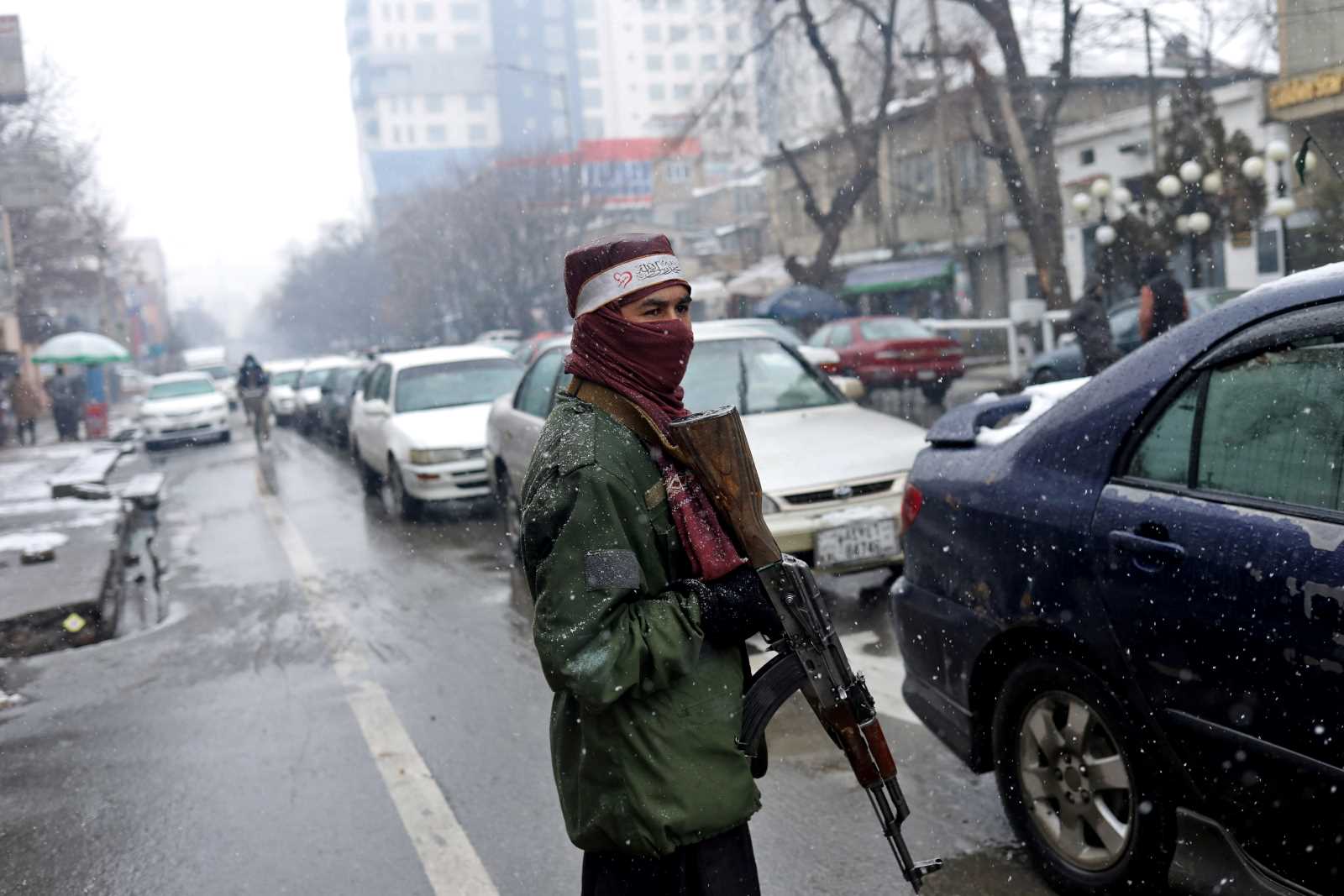Resilience
The rise of a concept

“The costs of humanitarian crises are escalating. There is an urgent need to help people and communities withstand and recover from growing shocks and stressors – in other words, to help them build resilience.” These words from the current EU Action Plan for Resilience in Crisis-Prone Countries 2013-2020 exemplify the trend.
By 2010 at the latest, it was apparent that resilience had replaced vulnerability as the core concern of humanitarian aid and development cooperation. The focus is no longer on the weaknesses and needs of people and communities; it is now on their strengths and their capacity to cope with disasters and crises.
This shift has an emancipatory quality, in that it directs attention to people’s and communities’ endurance and potential for self-help, emphasising survival strategies, capacity for action, self-empowerment and support networks. Funding decisions increasingly depend on them. Critical NGOs have been calling for such an approach for a long time.
The irony, however, is that with the spread of the resilience notion, local capacities in crisis regions have been “discovered” as resources for crisis and risk management. The focus has thus shifted away from the need to prevent crises. In the technocratic logic of resilience, floods, droughts, hurricanes, wars, expulsion, displacement and poverty are merely perceived as “shocks” and “stressors”, not as root problems that need to be prevented or overcome. People’s desperate fight to survive in inhuman conditions has been redefined as “resilience”.
Crisis as normality
This trend may have serious consequences in a health crisis, as the international experts Stephanie Topp, Walter Flores, Veena Sriram and Kerry Scott have argued. Building resilience rarely seems to involve a direct examination of, and even less challenge to, the structural conditions that contribute to overarching health-system dysfunction. Among the underlying reasons of dysfunction, the authors list historical legacies, current trade and aid patterns, taxes and health insurance coverage.
In their perspective, the rise of the resilience notion means that debate on long-term visions is being preplaced by short-term action-oriented debate. As crisis is accepted to be the normal state of affairs, the resilience concept is superseding the sustainability concept. The latter was supposed to restore a global equilibrium, while the focus of the resilience discourse is on managing an unbalanced world.
The Janus-faced quality of the resilience approach to disaster management is evident in the new “role” of individuals, communities and crisis regions in need of help. Crisis management is now largely their responsibility, with success depending on their resilience.
This notion can become a trap, as a case study by Mara Bernadusi shows. The Italian researcher assessed resilience building in Sri Lanka after the 2004 tsunami. The result was, that, if local people are merely vulnerable, they fail to meet the requirements for resilience-strengthening support. If they are too resilient, however, they over-fulfil the requirements and risk being classed as not being in need. To receive aid, survivors had to consider carefully how much resilience they should show, Bernadusi pointed out. They had to be “just resilient enough” to be eligible for support, and at the same time, they had to appear to be “vulnerable enough” to deserve support.
Monitoring tools and selection criteria
To find out how to make a community more resilient, specific measurement instruments have been designed. The European Union, for instance, uses a resilience marker which serves to assess the success of aid efforts and can also be used to determine need. The US Agency for International Development (USAID) has designed sophisticated tools that enable it to define the need for aid with increasing precision. Its “depth of poverty” measurements shows how much poverty can be tolerated without eroding resilience. The “moderate-to-severe hunger” indicator defines the point at which a person actually experiences hunger. The “global acute malnutrition” scale shows when malnutrition exceeds the customary level.
One implication of this trend is that the quest for ever-greater resilience has become obligatory. Resilience building has become an issue of monitoring as well as selection criterion for aid. The humanitarian principle that anyone in need must get support has thus been called into question.
In humanitarian aid, the concept of resilience has thus triggered a paradigm shift. For good reason, critics had been discussing whether it made sense to separate humanitarian aid from development cooperation. They had also been pointing out that the lack of coordination between various humanitarian agencies compounded legitimacy problems. The problem is that such arguments now serve to cast doubt on the entire system, as is exemplified by the EU’s Action Plan for Resilience in Crisis Prone Countries. It redefines the extent of humanitarian needs and, accordingly, the entitlement to aid. The consequence is that a whole range of EU programmes that relate to risk management, disaster prevention, climate change adjustment, social protection and food security are now conflated under the cross-sectional principle of resilience. As a result, budgets can be slashed.
UN agencies, the EU and Germany’s Federal Ministry for Economic Cooperation and Development (BMZ) took part in a recent humanitarian conference where delegates heard phrases of the following kind:
- “People and communities need to learn to overcome crises on their own and get back onto their feet faster.”
- “They need to become more drought-resilient.”
- “How can need be reduced to curb costs?”
Such rhetoric indicates what the “cross-sectional principle of resilience” means in practice. The responsibility for managing crises is shifted onto the shoulders of those who suffer the crises.
New scope for business
At the same time, humanitarian aid is increasingly being opened up to private enterprise. The private sector is generally wooed as a fourth pillar of development cooperation alongside government, civil society and academia. New scope for business has been found in disaster prevention. In 2015, 70 % to 80 % of new investment in “disaster risk reduction” was made by private sector entities.
International forums like the Global Disaster Relief Summit put private investors in touch with UN agencies, the World Bank, security consultants, financial service-providers, philanthropic foundations, relief organisations and government agencies such as USAID. Everything is for sale – from vehicles and logistics products to communications, security technology and pharmaceutical products. Disaster management has become a business model with “resilience dividends”.
One NGO study shows in detail that reconstruction became a testing ground for the profitability of private investments after Typhoon Yolanda in the Philippines in 2013. The promise of reconstruction programmes was to “building back better”. In fact, however, matters deteriorated dramatically for many poor families, whereas whole new business opportunities arose for private companies in mining, farming and tourism.
The ascendancy of the concept of resilience represents a turning-point in humanitarian aid and development cooperation. It must be about more than merely boosting the “resilience” of people and communities who are mobilising what they can – including crisis strategies, capacities, networks and creativity – in desperate attempts to survive disaster. The local actors concerned need resources and support that empowers them to make those who cause crises to contribute to crisis management.
The resilience notion is not entirely wrong, but its proponents’ tendency to co-opt and exploit the efforts of the people who are affected by disaster is irritating. Independent social activists must resist abuse, critically monitor impacts and promote narratives that reject the logic of permanent crisis.
This essay is an abbreviated version of an article to be featured in the medico publication “Fit für die Katastrophe? Kritische Anmerkungen zum Resilienzdiskurs im aktuellen Krisenmanagement” (Fit for disaster? Critical comments on the resilience discourse in current crisis management), which will be launched in May 2017 by Psychosozial-Verlag.
Usche Merk coordinates psychosocial projects for medico international, the Frankfurt-based international non-governmental organisation.
merk@medico.de













